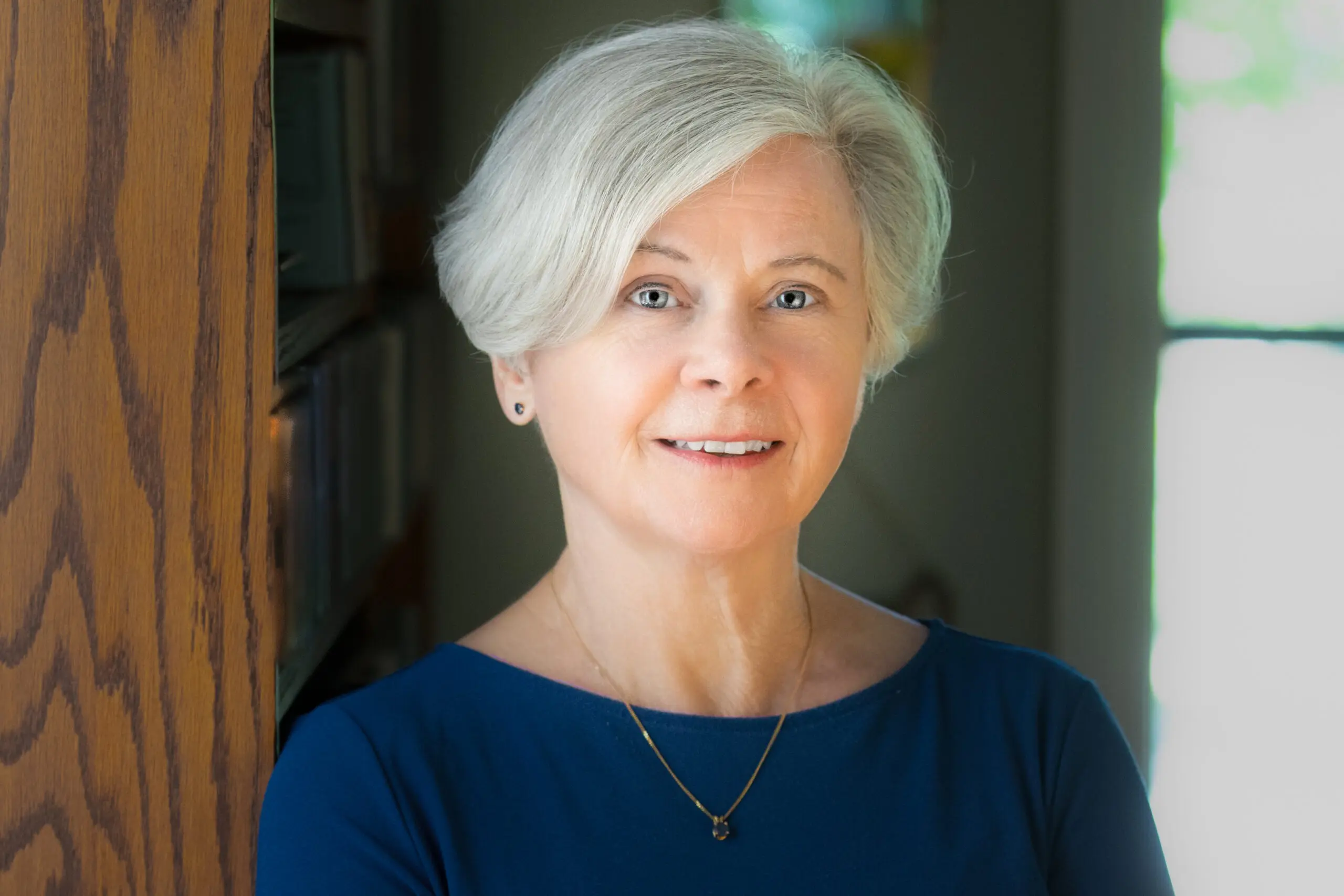Environmental racism occurs when policies and practices disproportionately expose Black, Indigenous, and other communities of color (BIPOC communities) to pollution and hazardous conditions in their homes, neighborhoods, places of work, and other parts of their lives. Despite the direct role of policy and regulations in creating and perpetuating environmental racism, its harmful, lasting effects on children are often left out of discussions about addressing environmental issues like pollution and climate change. An understanding that environmental racism poses harm to children—and of the ways in which environmental racism is brought about by deliberate human choices—can help youth, parents, educators, researchers, and policymakers more effectively dismantle this systemic injustice.
Available evidence finds that BIPOC communities are more likely to be exposed to environmental harm. For example, Black and Latinx populations are more likely than their white counterparts to live in neighborhoods with higher air pollution. Young Black children are also significantly more likely to have higher blood lead levels than their white neighbors, from sources like chipping lead paint or water (e.g., the crisis of lead-poisoned water in Flint, MI and the long-neglected soil contamination in the West Calumet Housing Complex in East Chicago, IN). Elsewhere, Indigenous communities repeatedly witness soil and water contamination as a result of mining and other polluting industries (a reality brought to the public’s attention by the Pine Ridge Indian Reservation in South Dakota and the Tar Creek Superfund Site in Oklahoma).
These and other environmental threats are more harmful to children because kids take in more air, food, and water as a proportion of their body weight than adults and are less able to break down toxins in their bodies with their developing metabolism. Young children also tend to spend more time outdoors and near the ground, and often bring their hands to their mouths, which can increase their exposure to toxins. Toxins that remain in children’s bodies after exposure may affect their developing nervous, respiratory, and immune systems. Early life exposure to air pollutants, for example, increases the risk of asthma, which can undermine learning. Lead exposure early in life can impair cognitive development and increase behavioral issues in youth and neurological conditions in adulthood. Furthermore, the neighborhood amenities that are beneficial for children’s cognitive development and mental health, such as better-quality parks with more space or safe walkable streets, are more scarce in low-income communities and communities of color.
To mitigate the harm of environmental racism and prevent future generations from suffering from its effects, we must recognize that these conditions are the direct result of deliberate and racist policies and regulatory decisions made by governments and corporations throughout American history. For example, government-sanctioned redlining—a practice in which banks used the federally established Home Owners’ Loan Corporation’s neighborhood rankings to provide better housing to white residents and segregate Black, Asian, and Latinx residents into low-quality housing and neighborhoods—had important long-term impacts on the economic and political capital of neighborhoods.[1] The forced removal of Indigenous peoples from their ancestral lands has also contributed to the environmental racism faced by Indigenous populations today. Redlining and the forced removal of Indigenous peoples facilitated the influx of industrial sites, waste sites (including nuclear waste sites), and other environmental harms into BIPOC communities. The failure of institutions like the United States Nuclear Regulatory Commission to recognize the disproportionate impact of pollution on BIPOC communities and its roots in policy continues to perpetuate environmental racism.
Because environmental racism has significant, lasting effects on children and youth, we need a collective sense of urgency and a common vision for the future. We can look to children and youth themselves for examples of becoming agents of change. In the Dakotas, young Indigenous activists have been leaders in the movement against the Dakota Access Pipeline (DAPL). This underground oil pipeline was originally set to cross the Missouri River north of the majority-white city of Bismarck, ND, but was rerouted due to the Army Corps of Engineers’ concerns about Bismarck’s water supply. Despite tribal opposition, the pipeline was approved to run under the primary water source of the Standing Rock Sioux Tribe.
Parents, educators, researchers, organizations, and policymakers each play important roles in supporting children, who are most likely to experience harm from environmental racism and serve in the vanguard as activists against it:
- Parents and educators can provide information on environmental pollution, climate change, and related injustices to strengthen children and youth’s understanding of racial and socioeconomic equity.
- Parents and educators can empower children and youth to act to address environmental racism through advocacy.
- Researchers, including social scientists, can conduct equity-focused, policy-relevant environmental research, such as climate change adaptation research, and make collaborating with members of affected communities a key part of the research process.
- Organizations focused on children’s policy issues can make addressing environmental injustices and environmental racism part of their policy agendas.
- Local, state, tribal, and federal policymakers can examine the roles of past, present, and future policies in creating and addressing environmental racism, particularly for children.
Our team is grateful to Dr. Kwan-Lamar Blount-Hill (director of research and data analytics at the Kings County District Attorney’s Office in New York) and Dr. Devon Payne-Sturges (associate professor of environmental health sciences, University of Maryland School of Public Health) for serving as expert reviewers on this blog. We also appreciate that our colleagues—Dr. Kristine Andrews, Beth Jordan, and Dominique Parris—contributed their time and thoughts throughout our internal review process.
Footnote
© Copyright 2025 ChildTrendsPrivacy Statement
Newsletter SignupLinkedInYouTubeBlueskyInstagram


